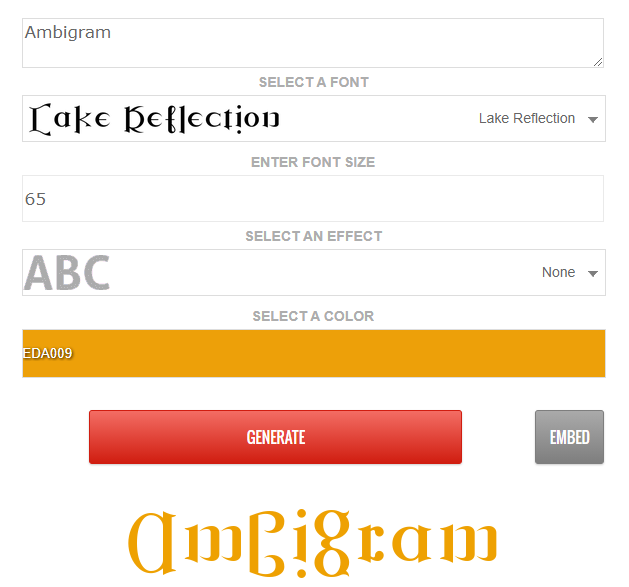At first glance, a sequence like “32.32 2.32-4.84-4.84 65” might seem like an incomprehensible jumble of numbers. But it serves a specific purpose in various technical fields, from manufacturing to product cataloging. These codes convey essential details—dimensions, performance metrics, or compliance standards. By breaking down this sequence, we can understand how professionals use such codes to ensure precision and quality.
What Does 32.32 2.32-4.84-4.84 65 Mean?
The sequence “32.32 2.32-4.84-4.84 65” is a structured code that typically conveys specific information relevant to technical fields such as engineering, manufacturing, and product specifications. To understand what this code means, we can break it down into its components, each representing distinct attributes or measurements.
32.32: The Identifier
The first part, 32.32, often serves as an identifier or version number. Here’s what it could signify:
- Product Model or Part Number: This number might refer to a particular model of a product, component, or system. For example, in mechanical engineering, it could indicate a specific type of valve, gear, or electronic component.
- Version Control: In some cases, this part of the code denotes the version of a product, helping differentiate between older and newer models. This is crucial in industries where regular updates or changes occur, ensuring that users and manufacturers are aware of the latest specifications.
2.32-4.84-4.84: Dimensions or Performance Metrics
The middle section, 2.32-4.84-4.84, generally indicates measurements or parameters crucial to the component’s performance. Each number might represent different aspects:
- Dimensions: This could refer to specific measurements such as length, width, and height (e.g., 2.32 mm in length, 4.84 mm in width, and another 4.84 mm in height). Accurate dimensions are vital for ensuring parts fit together correctly in assembly.
- Tolerances: These figures could also define acceptable ranges for performance metrics, such as minimum and maximum operational limits for pressure, temperature, or flow rate. For example, if these numbers refer to tolerances, it means that the actual measurements of a component must fall within these specified limits to be deemed acceptable.
65: The Rating or Classification
The last part, 65, typically denotes a rating or classification related to the component:
- IP Rating: In the context of electronics and electrical components, “65” may refer to an Ingress Protection (IP) rating. For instance, an IP65 rating means that the device is dust-tight and can withstand water jets from any direction, making it suitable for outdoor or harsh environments.
- Strength or Durability Rating: In construction or materials science, this number might signify the strength or durability grade of a material, indicating how it performs under certain conditions, such as load-bearing capacity or resistance to environmental factors.
How and Where These Codes Are Used
Codes like “32.32 2.32-4.84-4.84 65” find application across various industries, serving critical functions that ensure efficiency, safety, and quality. Here’s a closer look at how these codes are utilized and where you might encounter them:
Manufacturing and Production
In manufacturing environments, precision is paramount. Codes like these help:
- Identify Parts: Each component in a complex assembly can have a unique code. This ensures that the correct part is used during assembly or replacement, reducing the risk of errors.
- Standardize Components: Manufacturers use codes to maintain consistency across production lines. For instance, if a specific motor model has several iterations, the code reflects the version, allowing for easy identification and procurement.
- Track Inventory: In large warehouses, these codes help manage stock levels and facilitate the ordering process. When a part is low in stock, the code allows staff to quickly find and reorder the correct item.
Engineering and Design
Engineers rely on codes like this to ensure that designs are accurate and meet industry standards:
- Specify Dimensions and Tolerances: In engineering drawings, such codes can define critical measurements. A slight deviation could lead to catastrophic failures in applications like aerospace or automotive engineering.
- Verify Compliance: Codes often relate to industry standards. For example, engineers might reference a code to confirm that a material meets necessary safety regulations, such as fire resistance or structural integrity.
Product Development
In product development, these codes facilitate communication and collaboration among different teams:
- Collaborative Design: When multiple teams work on a project, using standardized codes helps ensure everyone is on the same page. Designers, engineers, and manufacturers can quickly reference parts or specifications, streamlining the workflow.
- Documentation: Each code can link back to detailed specifications in manuals or digital documentation. This means that anyone needing more information can easily find it without sifting through vast amounts of data.
Quality Control
Quality assurance teams utilize codes to maintain high standards:
- Inspection and Testing: During the inspection phase, codes help teams verify that the right parts are being tested according to specific criteria. For instance, if a batch of components is being evaluated for quality, the code ensures that the right dimensional tolerances are checked.
- Traceability: In the event of a product recall, codes allow companies to trace back through their supply chain to identify affected parts or batches quickly. This capability is crucial in industries like food production or pharmaceuticals, where safety is a primary concern.
Supply Chain Management
In logistics and supply chain contexts, these codes streamline processes:
- Facilitate Orders: When placing orders, businesses use these codes to specify exactly what they need, reducing misunderstandings and errors in fulfillment.
- Manage Logistics: As parts move through the supply chain, codes help track their journey from manufacturer to end-user, ensuring that everything arrives on time and in the correct quantities.
Regulatory Compliance
Many industries are governed by strict regulations, and codes help ensure adherence:
- Meet Industry Standards: In sectors such as construction, codes can relate to safety standards that must be met for a project to proceed. For example, building materials may require specific performance ratings to comply with local building codes.
- Environmental Regulations: Certain codes might indicate compliance with environmental standards, ensuring that products are sustainable and do not harm the environment.
Why It Matters
Why bother with such intricate codes? Precision matters in industries like aerospace, automotive, and consumer electronics, where slight deviations in dimensions or performance can cause systems to fail. This coding system simplifies communication between manufacturers, suppliers, and engineers, preventing costly mistakes and ensuring consistency.
Imagine assembling a complex machine with hundreds of small parts. Without a reliable code like “32.32 2.32-4.84-4.84 65,” identifying and fitting the correct components would be a logistical nightmare. This system reduces the risk of error and guarantees the right piece goes in the right place.
Conclusion: Making Sense of the Code
By dissecting “32.32 2.32-4.84-4.84 65,” we gain insight into the structured world of technical coding. Every number serves a purpose, whether identifying a product, setting dimensional standards, or highlighting key ratings. These codes streamline processes in high-stakes industries where precision is non-negotiable.
Next time you encounter a string of numbers like this, you’ll know there’s more to it than meets the eye—it’s a meticulously crafted key to ensuring that everything works together flawlessly.






